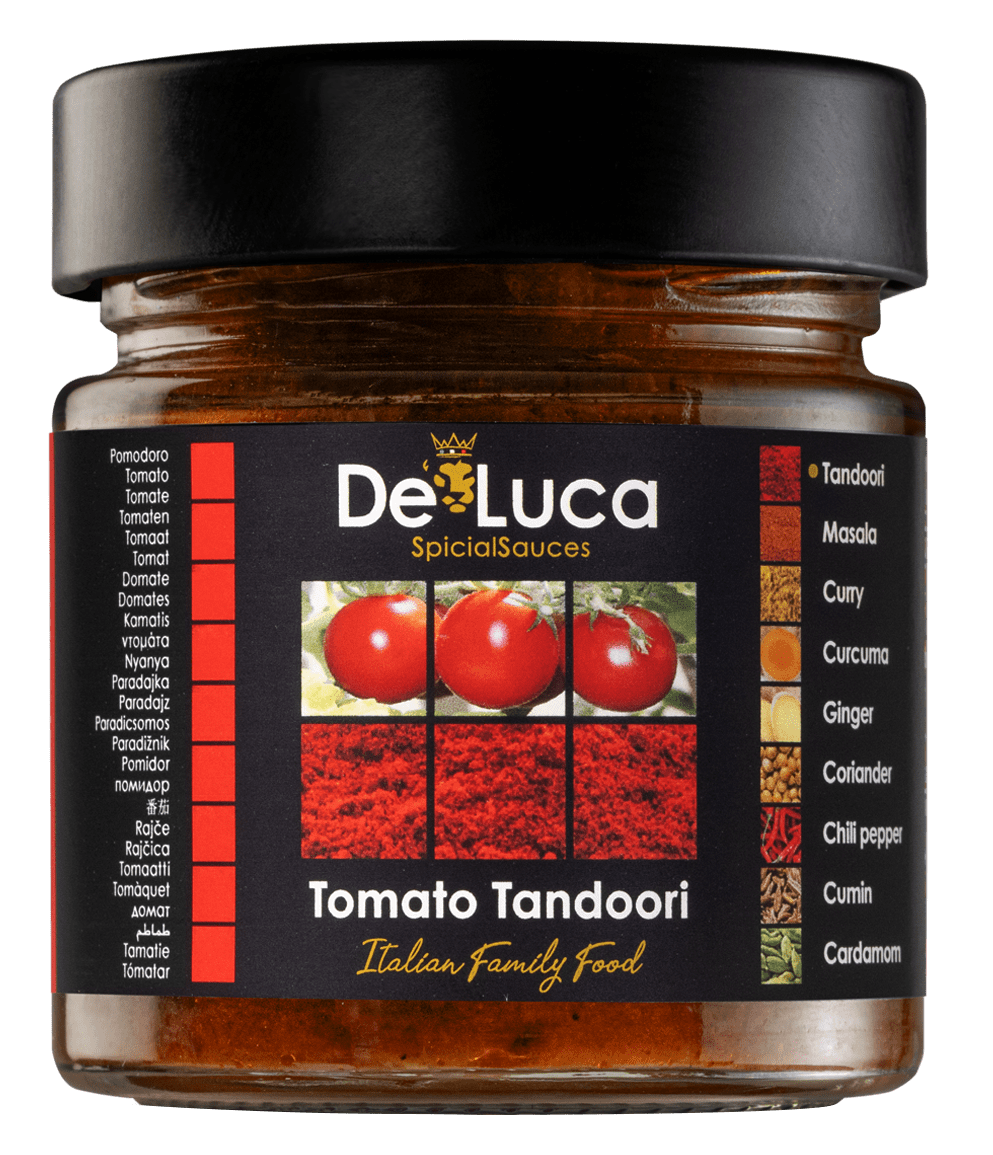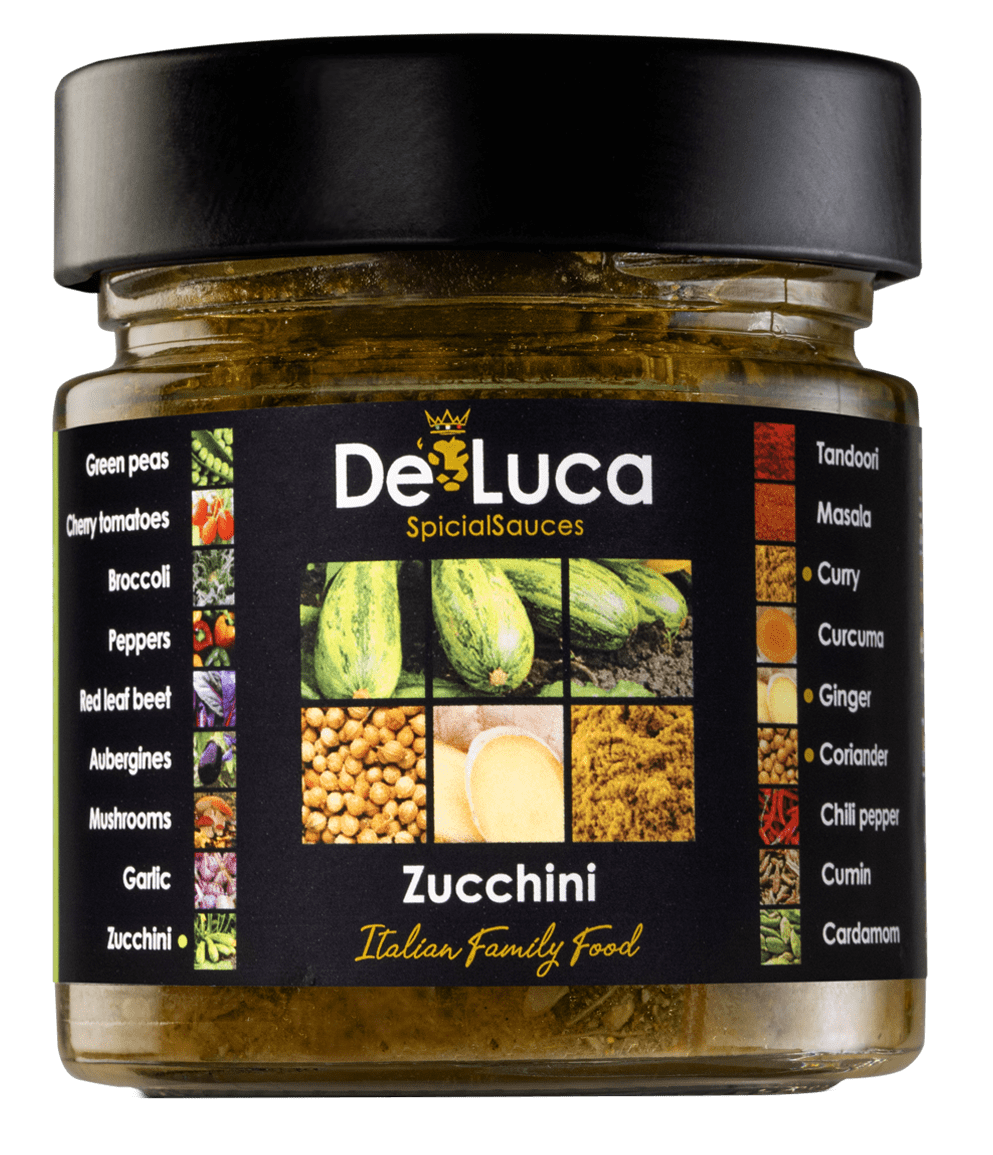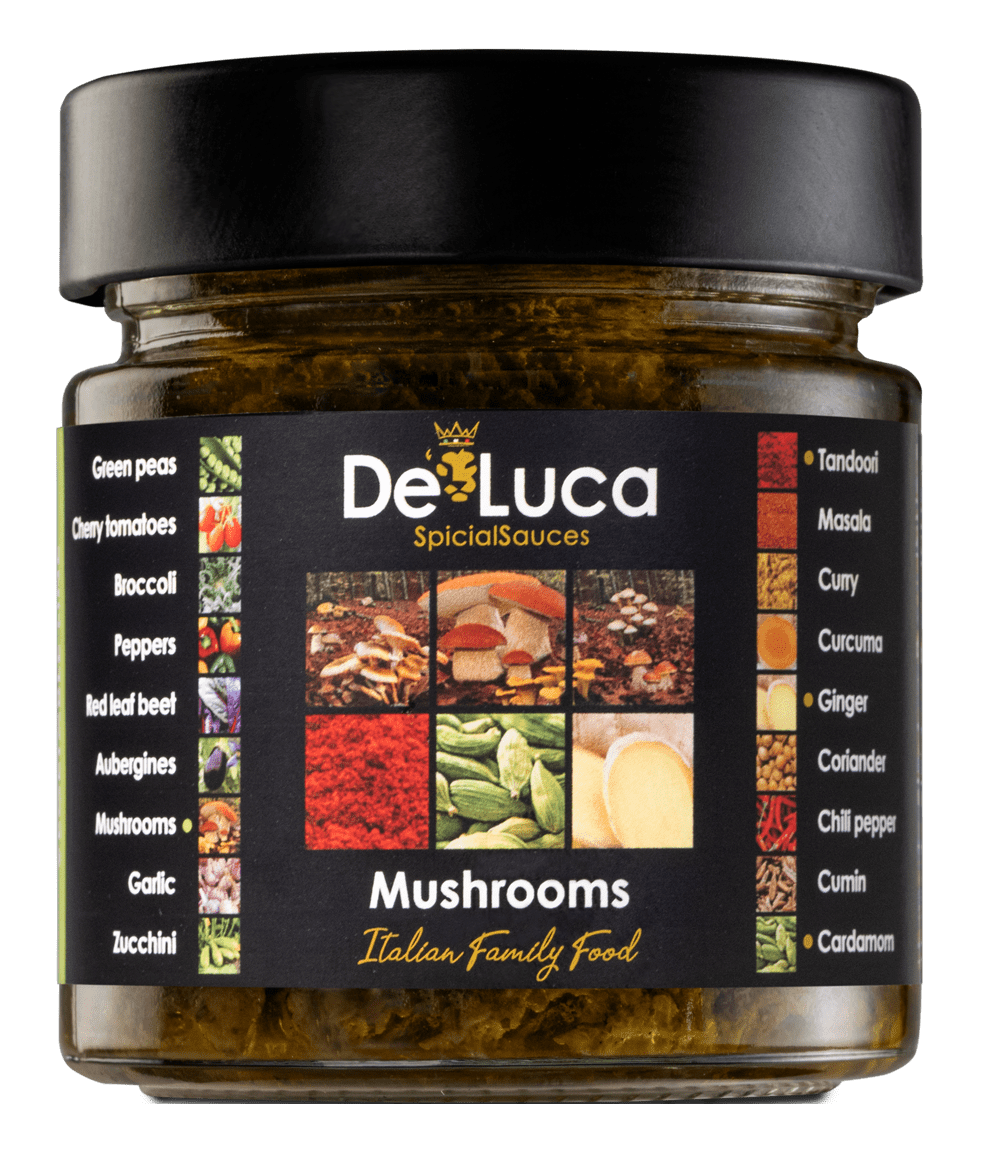Fresh vegetables and herbs that enhance flavours are the main ingredients of our sauces.





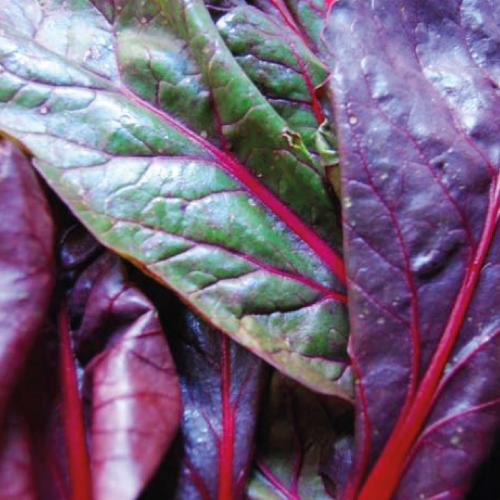







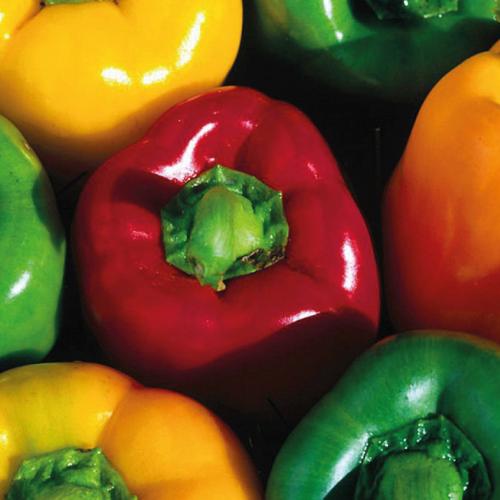

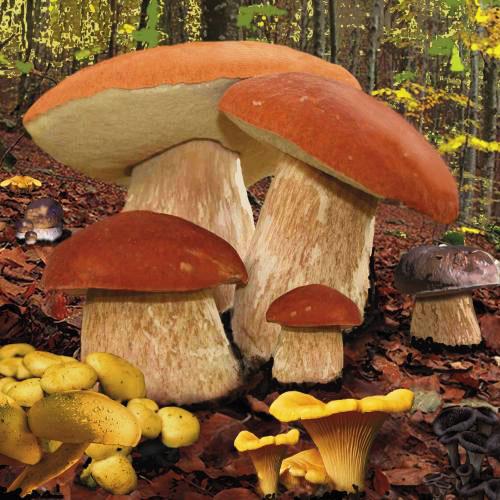

Brightly coloured, peas are a popular variety of legumes in Italy and around the world. Of ancient origin, they have always been on meal tables not only for their sweet and delicate flavour but also for their countless beneficial properties. Peas are low in calories and rich in minerals, vitamins, fibre and water.

Spanning centuries in Mediterranean kitchens, garlic is a bulb with cloves that contain an unmistakable aroma and flavour. This ancient and precious ingredient enhances all other ingredients. It goes well with everything, meat, fish and vegetables. It is rich in minerals and vitamins.

A shrub that grows wild along the coasts of the Mediterranean Sea, rosemary is regarded as the herb par excellence. An essential ingredient in Italian recipes, it goes perfectly well with other key ingredients of Mediterranean cuisine, such as garlic and oil, enhancing all sorts of dishes. It has been used since ancient times due to its unmistakable aromatic qualities.

The olive is the extraordinary fruit of the olive tree, which has been widespread in the Mediterranean basin for thousands of years An energy food with a flavour ranging from sweet to bitter, olives enhance all kinds of recipes. Rich in minerals and vitamins, they also contain many antioxidants.
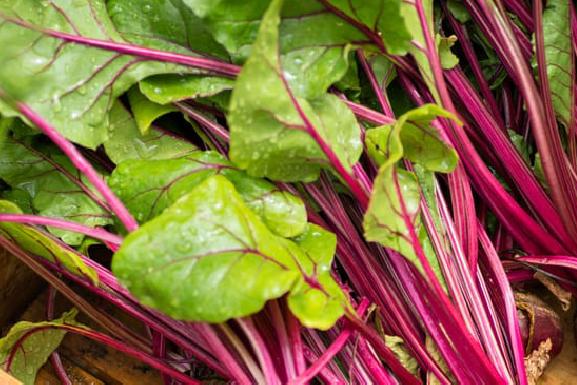
Colourful and with a refreshing flavour and sweetness, wonderful beetroot leaves can be used in making some wholesome and tasty dishes. They are also the most nutritious part of the whole plant because they are rich in vitamins, iron and especially magnesium and potassium.

Native to Asia Minor, laurel is a popular herb that has been used in cooking since ancient times. It perfectly pairs with meat, fish and legumes, to which it adds a distinct taste. Rich in fibre, it is a real powerhouse of minerals.

A flavoursome vegetable that goes perfectly with extra virgin olive oil, aubergine is ideal for making tasty sauces for pasta. It provides carbohydrates and protein, but above all it has a high fibre and mineral content. Cooking enhances its benefits and qualities.

Sage is a herb native to the Mediterranean basin. It is a small evergreen shrub with elongated, tapered leaves. Widely used in cooking to flavour a variety of recipes. It adds flavour and aroma to dishes and perfectly complements meat. It contains essential oils, flavonoids, vitamins B and C, and minerals.

Capers are the buds of the plant of the same name, a shrub that grows wild in countries bordering the Mediterranean Sea. They are a very popular and typical food in Mediterranean cuisine, especially Italian. They are low in fat, but rich in minerals, folate, magnesium and vitamins A, E and C.

A key ingredient in some of the most iconic recipes of Italian cuisine, basil is herb with bright leaves and a distinct, unmistakable flavour. Grown in Asia and Europe, the Genoese variety represents Italy worldwide with its unique characteristics. Rich in vitamins A-B-C and minerals, especially potassium, calcium and phosphorus.

Many varieties of tomato are grown in Italy, with each region boasting its own particular type. The cherry tomato is among the most popular due to its sweet, strong flavour and the texture of its flesh. It is ideal for making sauces. Rich in minerals and vitamins, it has a higher sugar content than other varieties.
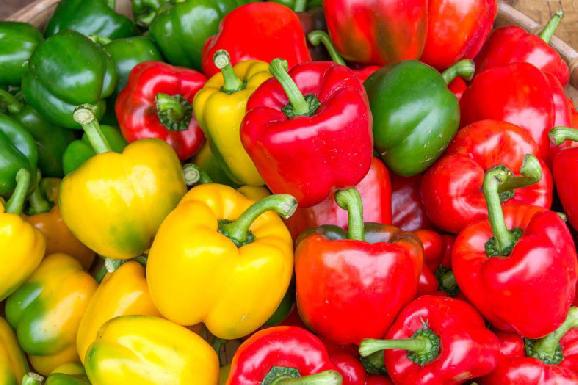
Native to Central and South America and now widespread worldwide, peppers are very versatile in cooking. They can be the main ingredient, but also an ideal side dish. With their low calorie intake, peppers provide exceptional flavour and a significant amount of vitamin C and beta-carotene, especially if they are red.

Broccoli has been a popular vegetable since Roman times. Its bright green and delicate taste makes it unique and versatile in cooking. It is a concentrate of nutrients, rich in vitamins and minerals. As a winter vegetable, it gives those who eat it the best protection for the immune system.
Copyright 2025 - Term of use - Cookies & Privacy - Sitemap




